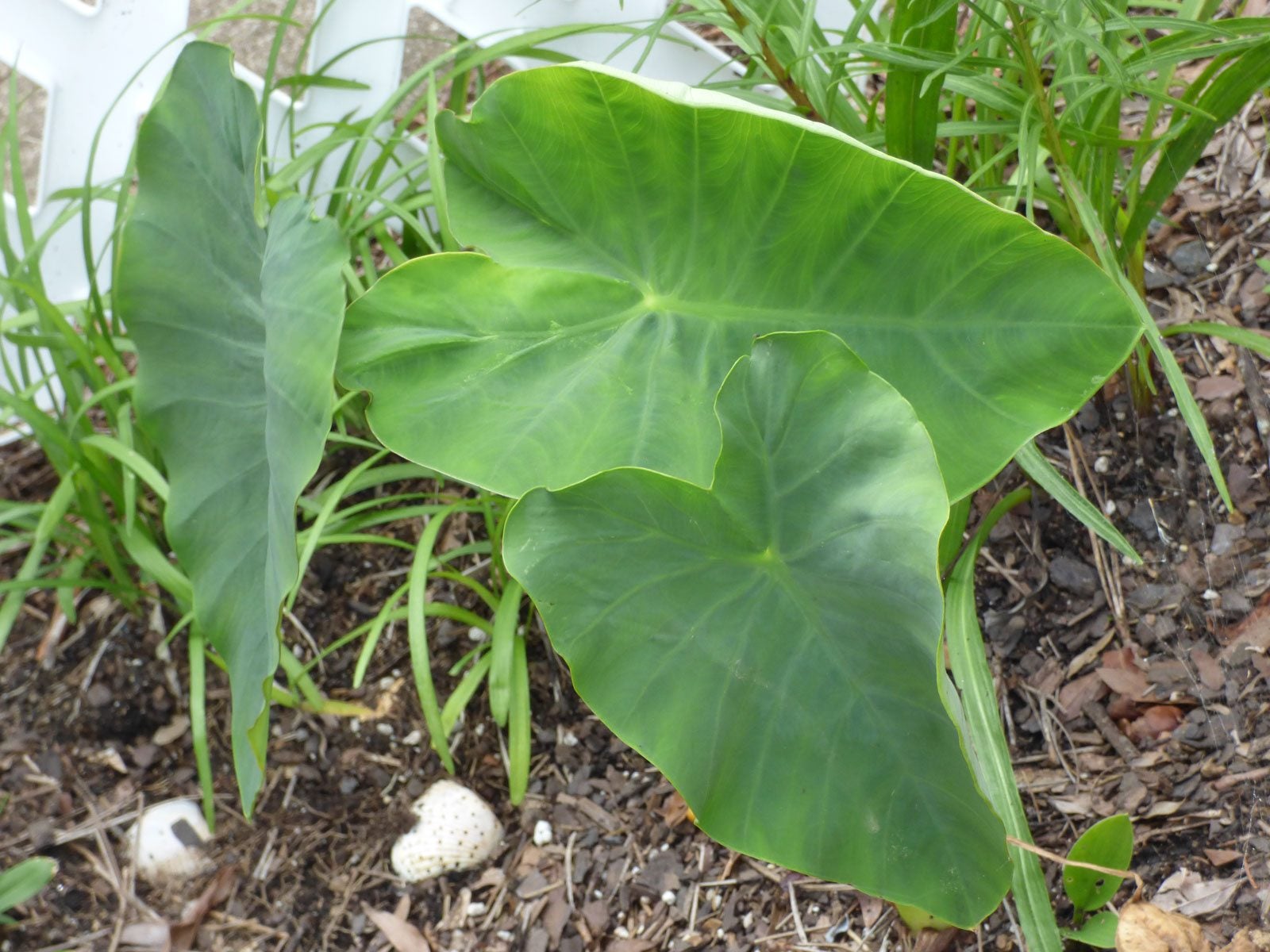Zone 6 Elephant Ears – Tips On Planting Elephant Ears In Zone 6


An impressive plant with huge, heart-shaped leaves, elephant ear (Colocasia) is found in tropical and sub-tropical climates in countries around the world. Unfortunately for gardeners in USDA planting zone 6, elephant ears are typically grown only as annuals because Colocasia, with one notable exception, won’t tolerate temperatures below 15 degrees F. (-9 C.). Read on to learn about that one notable exception, and how to grow the plant in zone 6.
Colocasia Varieties for Zone 6
When it comes to planting elephant ears in zone 6, gardeners have only one choice, as most elephant ear varieties are only viable in the warm climates of zone 8b and above. However, Colocasia ‘Pink China’ may be hardy enough for chilly zone 6 winters. Luckily for gardeners who want to grow zone 6 elephant ears, ‘Pink China’ is a lovely plant that displays bright pink stems and attractive green leaves, each with a single pink dot in the center. Here are some tips on growing Colocasia ‘Pink China’ in your zone 6 garden:
- Plant ‘Pink China’ in indirect sunlight.
- Water the plant freely and keep the soil evenly moist, as Colocasia prefers moist soil and even grows in (or near) water.
- The plant benefits from consistent, moderate fertilization. Don’t overfeed, as too much fertilizer can scorch the leaves.
- Give ‘Pink China’ plenty of winter protection. After the first frost of the season, surround the base of the plant with a cage made of chicken wire, and then fill the cage with dry, shredded leaves.
Caring for Other Zone 6 Elephant Ears
Growing frost tender elephant ear plants as annuals is always an option for gardeners in zone 6 – not a bad idea since the plant develops very quickly. If you have a large pot, you can bring Colocasia inside and grow it as a houseplant until you move it back outdoors in spring. You can also store Colocasia tubers indoors. Dig the entire plant before temperatures drop to 40 degrees F. (4 C.). Move the plant to a dry, frost-free location and leave it until the roots are dry. At that time, cut the stems and brush excess soil from the tubers, then wrap each tuber separately in paper. Store the tubers in a dark, dry place where temperatures are consistently between 50 and 60 degrees F. (10-16 C.).
Gardening tips, videos, info and more delivered right to your inbox!
Sign up for the Gardening Know How newsletter today and receive a free copy of our e-book "How to Grow Delicious Tomatoes".

A Credentialed Garden Writer, Mary H. Dyer was with Gardening Know How in the very beginning, publishing articles as early as 2007.